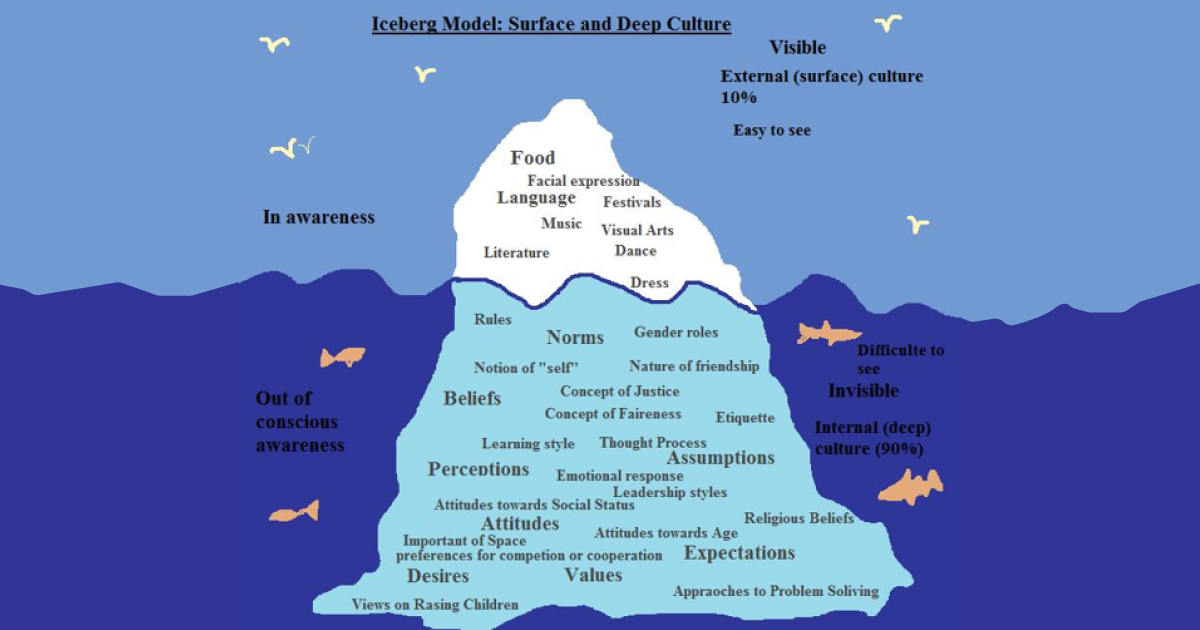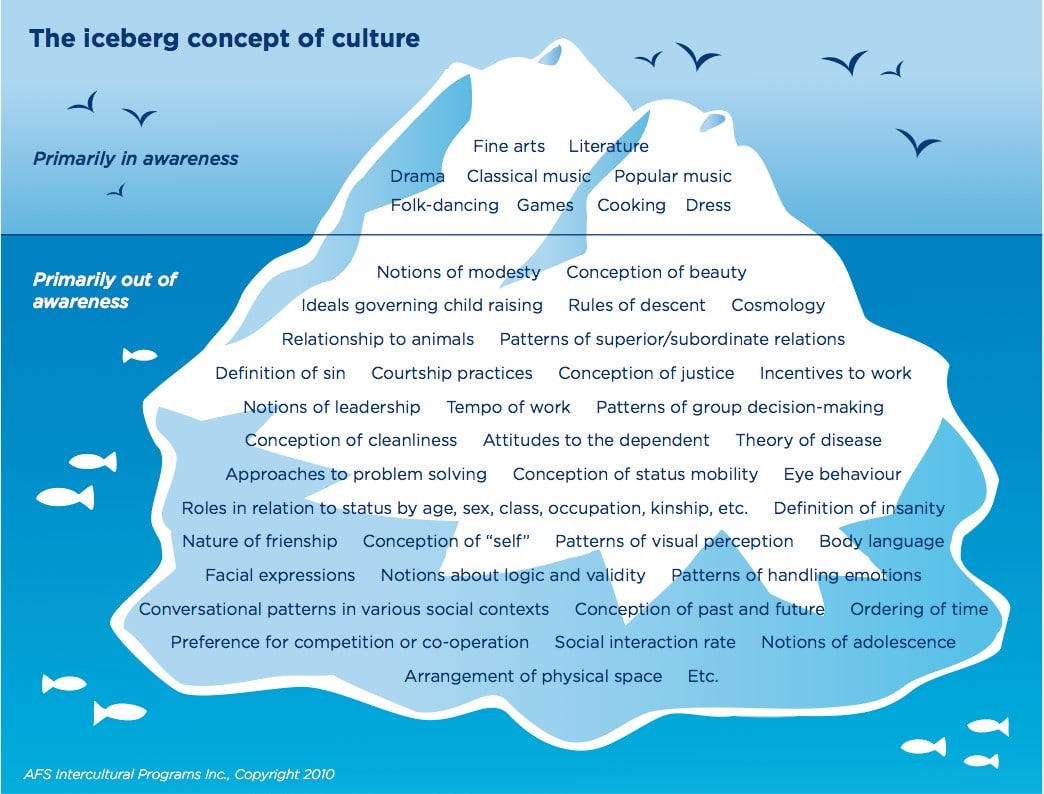

Suppose there are a couple of bugs in the feature your product team just released. Let's look at a real-world example to better understand how the iceberg model works. Especially when it comes to the mental models which are hard to document, let alone see in plain sight.Įxample of the Iceberg model by Justin Farrugia Example It's important to note that answering these questions will likely require some research and digging. What values, beliefs or assumptions shape the system?.Where are the connections between patterns?.What has been happening over time? What are the trends?.Here are some questions to help you understand each level within a certain problem or situation. The deeper you can go in the iceberg, the more leverage you'll have. Structures and mental models tell you why it's happening. These structures are in turn based on the underlying mental models of people.Įvents and patterns show you what is happening. Structures are the relationships and feedback loops inside a system. They are the clue for understanding the system structures that are behind those patterns. Looking below individual events, you can see trends over time-patterns. Why is it that some videos get lots of views when they go online and others don’t?Īccording to Miller, if you ignore what goes on below the surface, your video is less likely to succeed.Example of an iceberg model by Justin Farrugia In this video, Jay Miller talks about the Iceberg Principle and how it relates to video production. Video – How the Iceberg Principle relates to video production They were also journalist before they started writing books. Look at the writing styles of Mark Twain, Willa Cather, Sinclair, Lewis, and Stephen Crane. Their ‘iceberg’ style sometimes prevails when they become authors of novels. Journalists do not usually have time to dig deeply into a theme. Some authors believe that Hemingway used that style so that he could distance himself from his characters. Hemingway said that the deeper meaning should be implicit. He believed that the deeper meaning in a story should never be evident on the surface. When Hemingway wrote, he focused on surface elements, i.e., he did not discuss underlying themes. The Iceberg Theory is also a style of writing that American writer Ernest Hemingway coined. In content marketing, what is below the surface is sometimes more important than what is above the surface. The marketer is also providing answers to questions and showing the value of the product or service. However, a lot is going on below the water’s surface.īelow the surface, the marketer is trying to understand customer needs and is gathering customer feedback data (if applicable). What we see above the water is what the online audience sees. Let’s apply the Iceberg Principle to content marketing and imagine a giant iceberg floating in the ocean. If a firm combines all of its goals and objectives into one plan, it has a marketing strategy. Similarly, producing compelling content must demonstrate the organization’s content marketing strategy, targets, and goals. Most of an iceberg’s bulk is below the water’s surface.

The marketer must create compelling content. Therefore, while most marketers are creating more content each year, it is not enough to be simply creating content. According to : “The Iceberg Model is a systems thinking tool designed to help an individual or group discover the patterns of behavior, supporting structures, and mental models that underlie a particular event.” In content marketing, the Iceberg Principle is very relevant. In fact, what is going on underneath may be even more important. The content marketer carefully selects the audience.įor content marketers, what is going on below the surface is just as important as what the content is saying outright. “A theory that suggests that aggregated data can hide information that is important for the proper evaluation of a situation.”Ĭontent marketing focuses on creating, publishing, and distributing content for an online audience. Monash University in Australia has the following definition of the Iceberg Principle: Of the estimated 2,224 humans on board, more than 1,500 lost their lives. The Titanic was a British passenger liner that collided with an iceberg in 1912 and sank. The Titanic sank because of damage that came from below the waterline, i.e., damage the crew could not see. As with an iceberg, only its tip is visible, while the bulk of it is below the water’s surface, i.e., invisible. The theory, which we also call the ‘ Theory of Omission‘ or ‘ Iceberg Model,’ applies to systems and problems too. The Iceberg Principle or Iceberg Theory is a theory that suggests that we cannot see or detect most of a situation’s data.


 0 kommentar(er)
0 kommentar(er)
